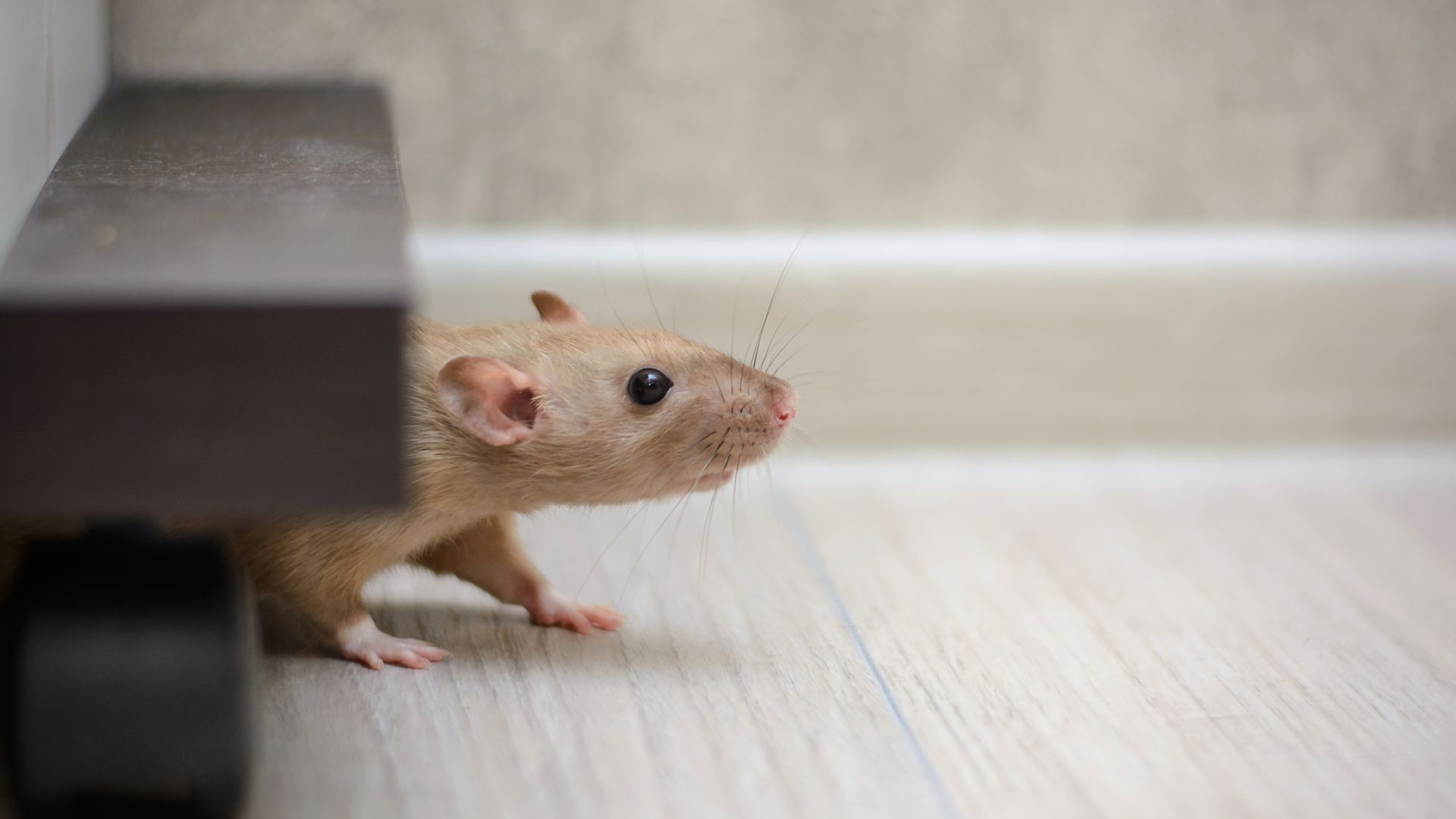Opossum droppings, also known as scat or feces, can vary in appearance depending on the opossum's diet and age, but they generally share some common characteristics. Here is a comprehensive description of opossum droppings:
Opossum droppings are typically cylindrical in shape, similar to that of other small to medium-sized mammals. They have a diameter ranging from 1/4 to 3/8 of an inch (0.6 to 1 cm). The length of an individual dropping can vary, but they are usually between 1 to 2 inches (2.5 to 5 cm) long. The color of opossum droppings can vary from dark brown to black, depending on the diet of the opossum. If the opossum has been primarily consuming fruits, vegetables, or insects, the droppings may appear darker. In contrast, a diet heavy in vegetation can result in lighter-colored droppings.
One characteristic that sets opossum droppings apart from those of many other animals is that they often contain bits of undigested food. You may find seeds, insect exoskeletons, or other identifiable remnants of the opossum's diet within the droppings. This can be useful for tracking their diet and behavior.
Opossum droppings do not typically have a strong odor, which can be another distinguishing feature when compared to the feces of some other wildlife species. The texture of opossum droppings is usually firm, and they may exhibit a slightly tapered or pointed end.
While opossum droppings can provide insights into the presence of these creatures in an area, it is always advisable to exercise caution and wear protective gloves if handling any wildlife droppings. Additionally, if you suspect opossums are living on your property or causing issues, it's best to consult with a wildlife expert or pest control professional for proper identification and management.
How Big Are Opossum Droppings?
Opossum droppings can vary in size, but they typically have the following dimensions:
- Diameter: Opossum droppings typically have a diameter ranging from 1/4 to 3/8 of an inch, which is approximately 0.6 to 1 centimeter.
- Length: The length of individual opossum droppings can vary, but they are usually between 1 to 2 inches, which is approximately 2.5 to 5 centimeters.
These dimensions are relatively small compared to the droppings of larger animals, making opossum scat distinguishable by its size. However, it's essential to remember that the size of opossum droppings can vary depending on factors such as the age and diet of the opossum.
What Color Are Opossum Droppings?
The color of opossum droppings can vary, and it primarily depends on the diet of the opossum. Here are the possible colors of opossum droppings:
- Dark Brown to Black: If the opossum has been consuming a diet that includes a significant amount of meat, insects, or dark-colored foods, its droppings may appear dark brown to black. This darker color is often associated with a protein-rich diet.
- Light Brown to Tan: Opossums that primarily feed on fruits, vegetables, and plant matter tend to have lighter-colored droppings. These droppings can range from light brown to tan.
- Variable Shades: Opossum droppings can sometimes exhibit a range of colors, especially when their diet is diverse. For example, if they eat a combination of fruits, insects, and vegetation, their droppings may have a mottled appearance with various shades of brown.
The color of opossum droppings is not always a definitive indicator of the animal's diet, as individual variations and regional dietary differences can also play a role. If you encounter opossum droppings and want to identify them accurately, it's best to consider their size, shape, and the presence of undigested food remnants along with the color. Additionally, if you have concerns about opossums on your property or their droppings, consulting with a wildlife expert or pest control professional is recommended for proper identification and management.
What Shape Are Opossum Droppings?
Opossum droppings are typically cylindrical in shape, resembling the feces of many small to medium-sized mammals. Here's a detailed description of the shape of opossum droppings:
- Cylindrical: Opossum droppings are elongated and cylindrical in shape. They resemble small, tubular pellets, similar to the droppings of other mammals.
- Tapered Ends: Opossum droppings often have slightly tapered or pointed ends. One end may appear more pointed than the other, giving the dropping a somewhat asymmetrical shape.
- Uniform Diameter: While they are tapered at the ends, opossum droppings generally maintain a relatively consistent diameter along their length. This consistency in diameter is a distinguishing characteristic of cylindrical-shaped droppings.
The cylindrical shape of opossum droppings can help differentiate them from the feces of animals with different excrement shapes, such as rodents (which typically have smaller, more pellet-like droppings) or animals with larger, rounder feces.
How Many Droppings Do Opossums Leave Per Day?
Opossums are known to defecate quite frequently, and the number of droppings they leave per day can vary depending on factors such as their diet, age, and individual habits. On average, opossums may defecate several times a day. However, it's challenging to provide an exact number because it can vary widely.
Opossums are opportunistic feeders with varied diets, including insects, fruits, vegetables, small animals, and even carrion. Their frequent feeding habits can lead to regular defecation. They may leave droppings as they move about in search of food, during grooming, or while they are resting in their nests.
It's worth noting that opossums are often active during the night (nocturnal) and are more likely to be observed during these hours. If you suspect opossum activity on your property, you might find their droppings in areas they frequent, such as around garbage cans or near potential food sources.
If you are trying to determine the presence of opossums in a particular area, it's essential to look for other signs as well, such as tracks, trails, and nesting sites, in addition to droppings.

